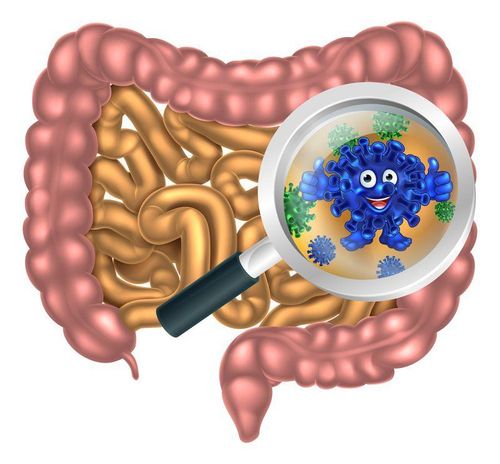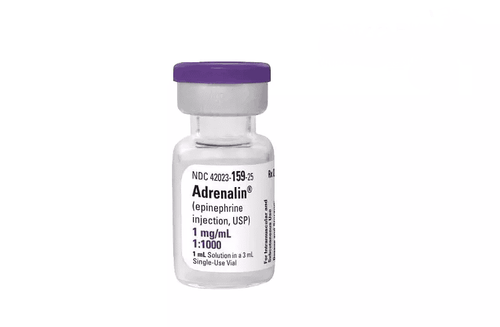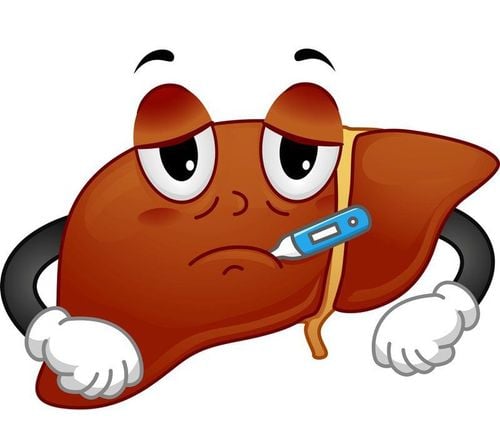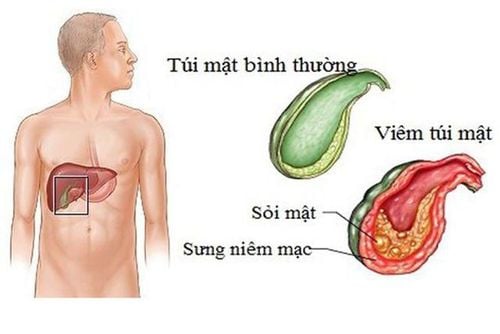This is an automatically translated article.
This article is expertly consulted by Master, Doctor Vu Huu Thang - Emergency Medicine Doctor - Emergency Resuscitation Department - Vinmec Ha Long International General Hospital.Hypovolemic shock is an emergency because if detected and treated late, prolonged hypotension will lead to multi-organ failure and death. Therefore, it is necessary to perform emergency due to hypovolemic shock as soon as possible according to standard protocol.
1. Overview of hypovolemic shock
1.1 What is hypovolemic shock? Shock is a state of decreased blood flow and decreased oxygen supply to peripheral tissues, leading to the collapse of cellular and organ metabolism. Hypovolemic shock is a condition in which a patient is shocked due to a sudden decrease in circulating volume (which can be caused by total blood loss or only fluid and plasma loss), causing tissue hypoperfusion (cellular hypoxia) and confusion. cell metabolism disorders. The lack of cellular oxygen, if prolonged, can cause damage to the cells of the visceral organs. Even, if detected late, this condition can cause refractory shock leading to death.
Causes of hypovolemic shock are usually due to severe bleeding. Occasionally, hypovolemic shock is caused by plasma loss or massive dehydration, originating from gastrointestinal disease, kidney disease, or skin problems. The disease will be more severe if the patient has a combined disease such as kidney disease, cardiovascular disease, diabetes,... Hypovolemic shock can be life-threatening when the body loses more than 20% of its volume. blood or body fluids, the heart cannot pump enough blood around the body, leading to multiple organ failure. Some dangerous complications that patients may encounter include: acute kidney failure, heart failure, acute lung injury, peptic ulcer disease, liver failure, gangrene of hands and feet,... Therefore, it is necessary to early detection and prompt treatment if hypovolemic shock.

Sốc giảm thể tích
1.2 Causes of hypovolemic shock Hypovolemic shock due to blood loss:
● Trauma: Vascular wound, pelvic fracture, solid organ rupture,...;
● Respiratory tract bleeding: Severe coughing up blood;
● Gastrointestinal bleeding: Peptic ulcer - duodenal ulcer, ruptured esophageal varices,...;
● Having vascular disease: Arteriovenous malformation, aneurysm dissection;
● Related to pregnancy: Rupture of ectopic pregnancy, rupture or tear of uterus, vagina, blood loss during labor.
Hypovolemic shock due to dehydration:
Frequent urination due to diabetes insipidus, taking diuretics, increasing osmotic pressure, giving a lot of hypertonic fluids,...;
● Vomiting a lot;
Acute diarrhea ;
● Severe burns;
Heatstroke, seasickness;
● Postoperative patient, acute rhabdomyolysis, acute pancreatitis,...

Sốc giảm thể tích do mất nước khiến người bệnh nôn nhiều
1.3 Symptoms of hypovolemic shock ● Peripheral vasoconstriction: Cold, moist skin; extremities, lips, ears are cold, pale, pressing on the nails to see the color fade, slowly red again;
The pulse is fast, weak and difficult to catch;
● Rapid breathing, chest tightness;
Low blood pressure (systolic blood pressure less than 90mmHg) or stuck blood pressure ;
● Urine less: Urine less than 15ml/hour;
● Change in mental status: Struggling, delirium, confusion, lethargy, coma,...;
● Metabolic acidosis;
● Symptoms of internal bleeding: Abdominal pain, blood in stools, black stools, blood in urine, vaginal bleeding (not menstruation), vomiting blood, swollen abdomen,...;
Symptoms of blood loss if hypovolemic shock due to blood loss.
Note: It is necessary to differentiate hypovolemic shock from cardiogenic shock, septic shock and anaphylaxis.
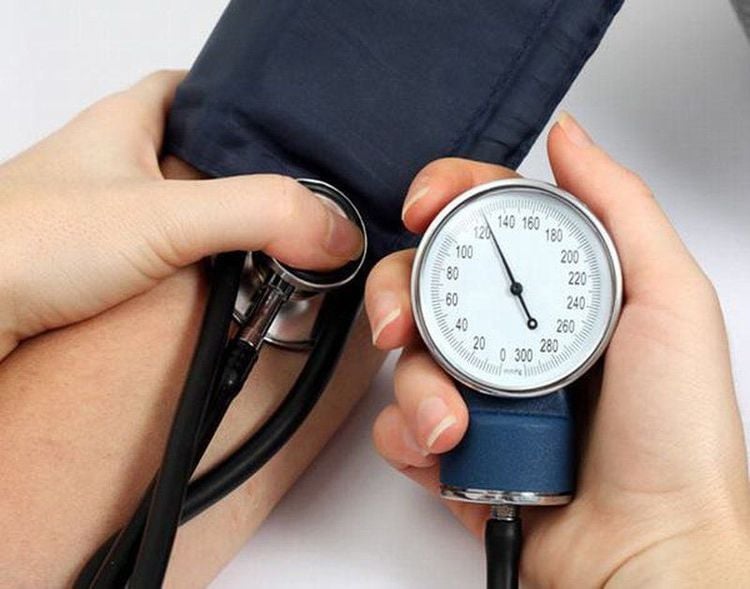
Tụt huyết áp do giảm thế tích máu
2. First aid due to hypovolemic shock
2.1 Principles of first aid The management of patients with hypovolemic shock is mainly for two purposes: resuscitation and treatment of the cause. The basic steps include:
● Assess basic living functions;
● Identify the cause;
● Do basic tests, determine blood type in case of hypovolemic shock due to blood loss;
Instant infusion.
2.2 Perform first aid ● Perform basic first aid movements:
○ Put the patient in a lying position with head low, legs elevated, pay attention to the risk of aspiration;
Give nasal oxygen 2 - 6 liters/min;
○ If the patient is at risk of pulmonary regurgitation, respiratory failure or impaired consciousness, endotracheal intubation should be performed;
○ If the patient is indicated for mechanical ventilation, high positive pressure ventilation should be avoided;
○ Place 2 sturdy, large enough intravenous lines;
○ Keep the patient warm;
○ Place a bladder catheter to monitor urine output;
○ Take blood for basic tests, do electrocardiogram.
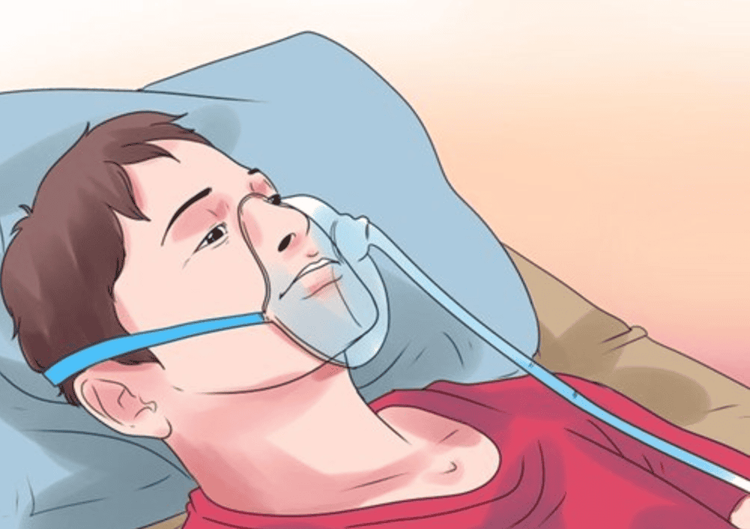
Bệnh nhân được thở oxy
Restore volume and prevent shock:
○ Recover lost fluid, restore hemodynamic status;
Infusion of 0.9% NaCl or Ringer Lactate with appropriate dose and time according to the correct treatment regimen. In most patients with hypovolemic shock, infusion of 1 to 2 liters of isotonic saline corrects fluid loss;
○ Infusion of colloidal solution according to the correct dose if necessary;
○ Blood transfusion: Transfusion immediately in case of hemorrhagic shock. In case of emergency or rare blood type, it is necessary to immediately transfuse O blood group while waiting for the determination of blood group for transfusion of the same blood type.
Note:
● Dosage and rate of infusion depend on the degree of shock and the patient's cardiovascular status;
● Aim to help the patient out of shock (manifested by warm skin, systolic blood pressure over 90mmHg, urine over 50ml/hour and no stimulation;
Should monitor pulse, blood pressure, auscultation of lungs, electrocardiogram ,... in patients with cardiovascular disease
2.3 Treat the cause
Resolve bleeding causing hypovolemic shock by:
● Hemostasis (bandage an open wound that is bleeding);
Injection of hemostatic sclerotherapy in cases of esophageal varices, gastrectomy, terlipressin infusion,...;
Exploratory surgery to detect and control bleeding from intrathoracic and intrathoracic wounds abdomen;
Take angiography, find the bleeding site, treat with embolization for bleeding vessels;
Gastroscopy to diagnose the cause, stop bleeding if the patient has gastrointestinal bleeding.

Tùy vào nguyên nhân gây bệnh, bác sĩ sẽ đưa ra phác đồ điều trị hợp lý nhất
2.4 Combination therapy
Transfusion of platelets, fresh frozen plasma if necessary;
● Consider factor VII infusion when the patient has diffuse or ongoing bleeding that cannot be stopped by coagulation-corrected surgery;
● Use calcium chloride, magnesium chloride to treat hypocalcaemia and magnesium deficiency caused by infusion of anticoagulants with citrate;
● Use antibiotic prophylaxis and treatment of open wounds at risk of infection;
● Detect and treat complications related to blood product transfusion such as anaphylaxis, acute lung injury,...
3. Preventing the risk of hypovolemic shock
Detect and treat possible causes of hemorrhagic shock such as bleeding from trauma, ... or dehydration.
If hypovolemic shock is diagnosed and treated promptly, the disease can be cured, leaving no sequelae. In case of late detection, no aggressive treatment, patients can experience prolonged hypotension, leading to multi-organ failure and death. The danger rate increases if the patient has some chronic diseases such as diabetes, kidney disease, cardiovascular disease,... Therefore, when hypovolemic shock is suspected, the patient should be taken to the hospital. as soon as possible to get a definitive diagnosis and prompt treatment.
Vinmec International General Hospital is one of the hospitals that not only ensures professional quality with a team of leading medical doctors, modern equipment and technology, but also stands out for its examination and consultation services. comprehensive and professional medical consultation and treatment; civilized, polite, safe and sterile medical examination and treatment space.
Customers can directly go to Vinmec Health system nationwide to visit or contact the hotline here for support.
MORE:
Signs of gastrointestinal bleeding Recognizing signs of anaphylaxis Diagnosing septic shock





